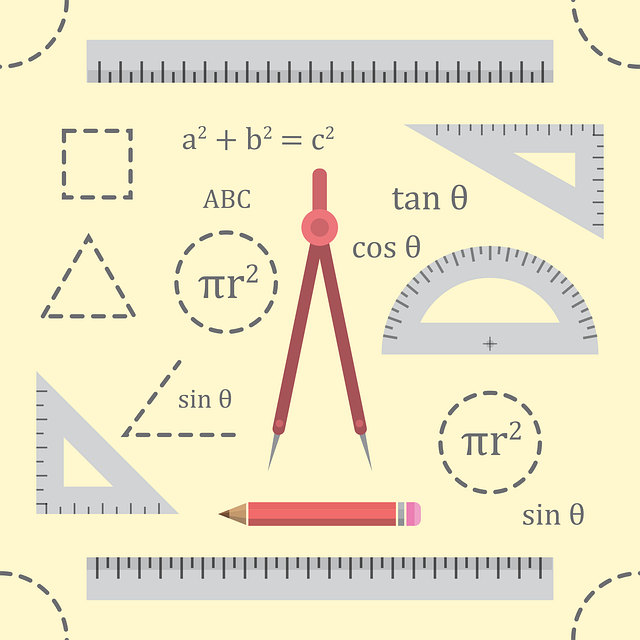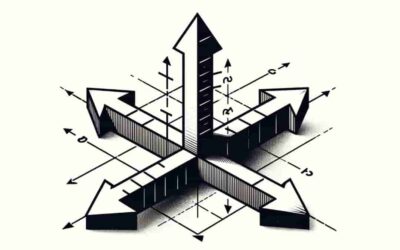Introduction to SI units
In the world of physics, measurement is key. It allows us to quantify and understand the physical phenomena that surround us. To ensure consistency and accuracy in measurement, scientists and researchers rely on a standardized system known as the International System of Units, or SI units for short. In this comprehensive guide, we will delve into the world of SI units, exploring their history, definitions, applications, and common misconceptions. By the end, you will have a solid understanding of SI units and be well-equipped to master their use in the field of physics.
The history and development of SI units
The origins of SI units can be traced back to the late 18th century when the French Revolution brought about a need for a standardized system of weights and measures. In 1791, the French Academy of Sciences proposed a decimal-based system, which laid the foundation for what would eventually become the metric system. Over the years, the metric system underwent several revisions and improvements, leading to the establishment of the International System of Units in 1960. Today, SI units are recognized and used worldwide, providing a consistent and universal language for scientific measurements.
The seven base SI units and their definitions
The SI system is built upon seven base units, each representing a fundamental physical quantity. These base units are the meter (m) for length, the kilogram (kg) for mass, the second (s) for time, the ampere (A) for electric current, the kelvin (K) for temperature, the mole (mol) for the amount of substance, and the candela (cd) for luminous intensity. These base units serve as the foundation for all other units in the SI system and provide a framework for measuring various physical quantities accurately and consistently.
Derived SI units and their applications
While the base SI units are essential, many physical quantities require additional units for measurement. Derived SI units are obtained by combining the base units using mathematical formulas. For example, the unit for speed is meters per second (m/s), which combines the base units of length and time. Likewise, the unit for force is newton (N), which is derived from the base units of mass, length, and time. Derived SI units are used extensively in physics to express quantities such as velocity, acceleration, energy, and power. Understanding how these derived units are derived and how they relate to the base units is crucial for mastering SI units in physics.
Prefixes and conversions in SI units
To accommodate a wide range of measurements, the SI system incorporates a set of prefixes that can be applied to the base and derived units. These prefixes, such as kilo (k), milli (m), and mega (M), indicate multiplication or division by a power of 10. For example, a kilometre (km) represents 1000 meters, while a millisecond (ms) represents one-thousandth of a second. Being able to convert between different prefixes and units is essential for working with SI units effectively. It allows for easy comparison and calculation of measurements across different scales, from the microscopic to the astronomical.
The importance of using SI units in physics
Using SI units in physics is of paramount importance for several reasons. Firstly, SI units provide a standardized and universally accepted system for scientists and researchers to communicate their findings. By using the same units, researchers can ensure that their measurements are accurate and comparable, enabling collaboration and advancement in the field. Secondly, SI units simplify calculations and equations by eliminating the need for complex unit conversions. This streamlines the process of solving physics problems and allows for faster and more efficient analysis. Lastly, SI units promote accuracy and precision in scientific measurements. By adhering to a standardized system, researchers can minimize errors and uncertainties, leading to more reliable and trustworthy results.
Common misconceptions and mistakes when using SI units
Despite the importance of SI units, there are common misconceptions and mistakes that can trip up even the most seasoned physicists. One such misconception is the assumption that SI units are solely used in scientific contexts. In reality, SI units are used in everyday life as well, such as when measuring the distance between two locations or weighing ingredients for a recipe. Another common mistake is the confusion between mass and weight. Mass, measured in kilograms, is a fundamental property of an object, while weight is the force exerted on an object due to gravity and is measured in newtons. Understanding these distinctions and avoiding common pitfalls will help you use SI units accurately and effectively.
Tips for mastering SI units in physics
To master SI units in physics, it is crucial to practice and familiarize yourself with the various units and their conversions. Start by memorizing the base units and their definitions, as these form the building blocks of the SI system. Next, learn the most commonly used derived units and their formulas. This will allow you to express complex physical quantities in a concise and standardized manner. Additionally, practice converting between different units and prefixes, as this skill is essential for solving physics problems and interpreting experimental data. Finally, always double-check your units when performing calculations or analyzing data to ensure accuracy and consistency.
Practical examples and applications of SI units in physics
To illustrate the practicality and versatility of SI units in physics, let’s consider a few examples. Suppose you are conducting an experiment to measure the speed of a moving object. By using SI units, you can express the velocity of the object in meters per second (m/s), allowing for easy comparison and analysis. Similarly, when studying the behaviour of electric circuits, SI units such as amperes (A) and volts (V) are used to measure current and voltage, respectively. By employing SI units, physicists can accurately describe and quantify the fundamental aspects of the physical world, facilitating research, development, and innovation across a wide range of disciplines.
Conclusion
In conclusion, mastering SI units is essential for anyone working in the field of physics. By understanding the history, definitions, and applications of SI units, you can communicate and analyze scientific measurements accurately and effectively. Remember to familiarize yourself with the base and derived SI units, practice converting between units and prefixes, and be mindful of common misconceptions and mistakes. With these skills and knowledge in hand, you will be well-equipped to navigate the world of physics and contribute to the advancement of scientific understanding.






0 Comments